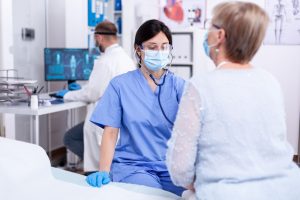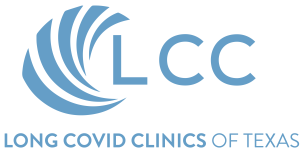The COVID-19 pandemic has radically changed our way of life and nearly every aspect of our daily lives. The accurate and prompt diagnosis of the pandemic is a key factor of management. Your health and the attempt to stop the outspread of the virus as a whole depends on you knowing what to anticipate during a corona virus diagnosis. This article will discuss several corona virus diagnosis techniques, including what to expect from each one, and how to get prepared in case one is found infected.
Symptoms and When to Get Tested
Before diving into the diagnostic process, it’s crucial to recognize the most common symptoms of COVID-19. Though the symptoms can vary but majorly include fever, cough, shortness of breath, loss of taste or smell, fatigue, and body aches. If you experience any of these symptoms, especially in the case if you have been in close contact with someone who has tested positive or belong to that area where the infection rate is higher, then it’s crucial to get tested promptly.
Types of Corona Virus Tests
There are two main types of tests used to diagnose COVID-19: molecular tests (PCR tests) and antigen tests.
- PCR Tests: Polymerase Chain Reaction (PCR) tests are considered the best and an effective tool for COVID-19 diagnosis. When you undergo a PCR test, a healthcare provider will take a swab from your nose or throat. This sample is then sent to a laboratory for analysis. This process usually takes a few days to produce results, but the results has a higher level of accuracy.
- Antigen testing: This one is also referred to as fast testing, antigen tests produces quick results, frequently in 15 to 30 minutes. They operate by identifying particular proteins on the virus’s surface. The results may not be as accurate as of PCR as they are less sensitive than PCR testing, especially if you are still fighting an illness or have a low viral load.
What to Expect During Testing
A PCR test normally requires an appointment at a testing facility, though in some circumstances you may be able to use at-home testing kits. A medical expert will gently place a swab into your nose or throat during the test. While the swabbing procedure is mostly short and painless, it can occasionally be slightly painful. After being collected, the sample is taken to a lab to be processed.
Antigen Test: These tests are speedier and frequently done in testing facilities, pharmacies, and even some workplaces and schools. Similar to a PCR test, a healthcare professional will take a sample from your nose or throat using a swab. Your results will be delivered in a matter of minutes, enabling quicker isolation and identification.
Waiting for Results
It can be stressful and quite depressing to await the results of your COVID-19 test. Even while PCR testing might not yield findings for a few days, it’s crucial to isolate yourself until you do. It is best to assume yourself tested positive unless proven otherwise if you have had frequent contact with someone who has tested positive or is exhibiting symptoms. Follow local regulations at this time, warn your close friends and family by informing them about your conditions and symptoms, and keep an eye on your symptoms.
Interpreting the Findings
A positive test result indicates the presence of the virus in your sample. If you test positive, you must isolate yourself right away from others to stop the virus from infecting others. Observe public health recommendations for isolation, and let close friends and family members know so they can take precautions as well.
Negative Outcome: A negative outcome indicates that the virus was not found in your sample when it was tested. It’s crucial to keep in mind that a negative result does not always imply that you are virus-free, particularly if you were tested at the very start of the infection or if you have recently come into contact with someone who has COVID-19. Keep an eye on your symptoms and adhere to local regulations.
The Next Steps
Follow the instructions given by your healthcare practitioner and the local health authorities if you test positive for COVID-19. This usually entails a time of seclusion, the observation of symptoms, and notification of close associates. If your symptoms get worse, especially if you have underlying health issues, seek medical help.
If you test negative but still have symptoms or have been in close contact with a confirmed case, consider getting retested after a few days. Remember that a negative result is not a guarantee, and you should continue to practice preventive measures like wearing masks, practicing good hand hygiene, and maintaining physical distance.
Testing for COVID-19 is essential for stopping the virus’s spread and safeguarding the public’s health. For the pandemic to be managed successfully, it is crucial to understand the testing method, the types of tests that are available, and how to properly interpret the results. To ensure your safety and the safety of others, keep in mind that testing is only one component of the COVID-19 defense strategy and should be used in conjunction with other preventative measures. Keep yourself informed, stick to public health regulations, and give priority to your own and your community’s health.







